I am always doing that which I cannot do, in order that I may learn how to do it
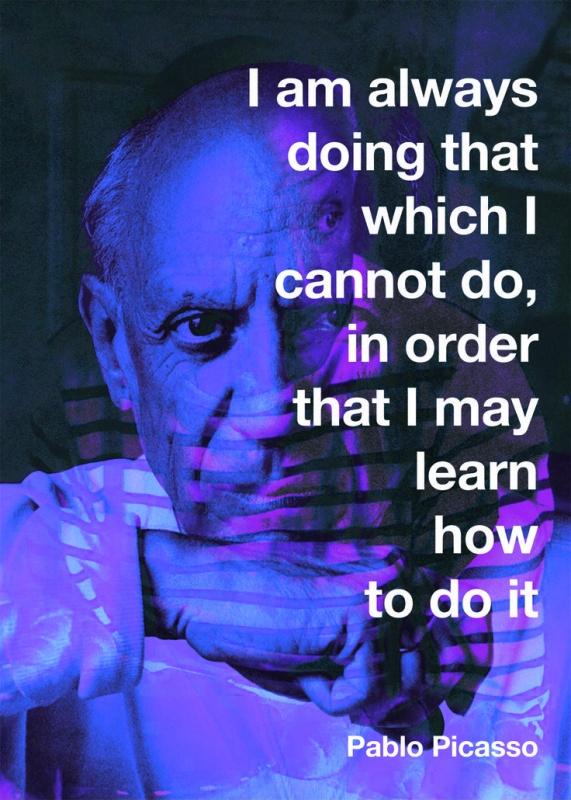

I am always doing that which I cannot do, in order that I may learn how to do it
Pablo Picasso, one of the most influential artists of the 20th century, famously said, “I am always doing that which I cannot do, in order that I may learn how to do it.” This quote perfectly encapsulates Picasso’s approach to art and creativity. Throughout his career, Picasso constantly pushed the boundaries of traditional artistic techniques and styles, experimenting with new forms and ideas in order to expand his own artistic abilities.Picasso was known for his innovative and groundbreaking approach to art, constantly challenging himself to try new things and push the limits of what was considered acceptable in the art world. He was never content to simply rest on his laurels or stick to what he knew; instead, he was always seeking out new challenges and opportunities for growth and learning.
One of the most striking examples of Picasso’s willingness to try new things and push himself creatively is his development of the cubist style of art. Cubism, which Picasso co-founded with Georges Braque, was a revolutionary new approach to art that shattered traditional notions of perspective and representation. By breaking down objects into geometric shapes and reassembling them in a fragmented and abstract way, Picasso and Braque were able to create a new visual language that challenged viewers to see the world in a different way.
In order to develop this new style, Picasso had to constantly push himself beyond his comfort zone and experiment with new techniques and ideas. He was not afraid to make mistakes or fail in his pursuit of artistic innovation; instead, he saw these setbacks as opportunities for growth and learning. By embracing the unknown and the unfamiliar, Picasso was able to push the boundaries of what was possible in art and create works that continue to inspire and challenge viewers to this day.



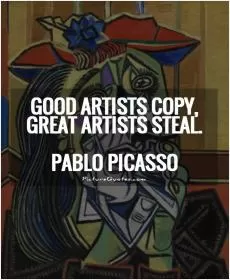

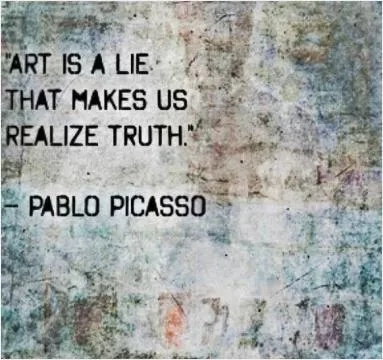


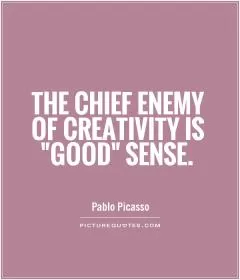

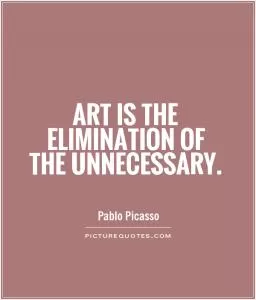

 Friendship Quotes
Friendship Quotes Love Quotes
Love Quotes Life Quotes
Life Quotes Funny Quotes
Funny Quotes Motivational Quotes
Motivational Quotes Inspirational Quotes
Inspirational Quotes